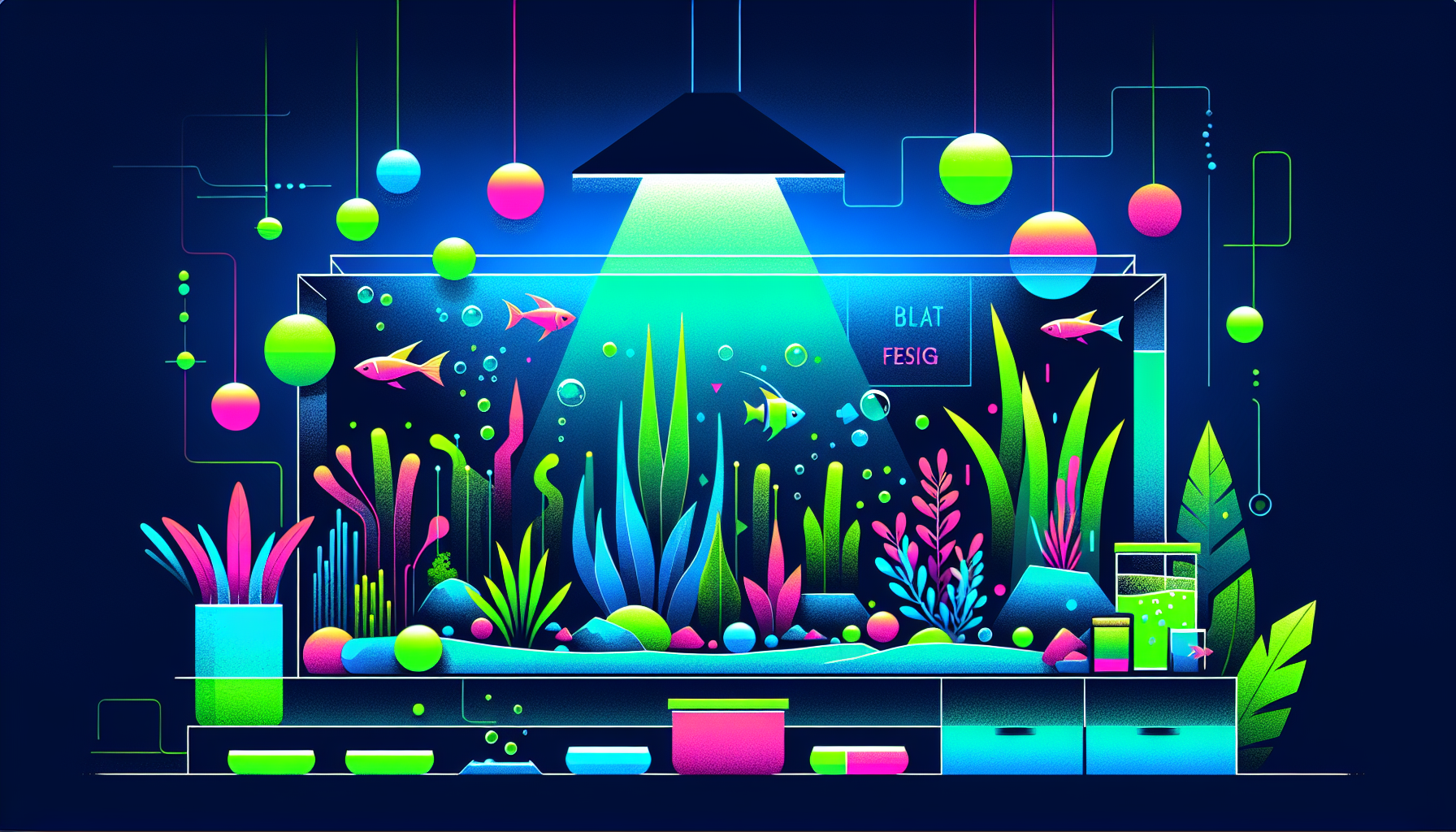Beginner’s Guide to Aquascaping: Easy Steps for Stunning Aquarium Designs
Are you fascinated by beautifully planted aquariums and want to try aquascaping yourself? You’re in the right place! This beginner’s guide to aquascaping will walk you through the basics, from planning your layout to maintaining a thriving underwater landscape. Let’s dive in and create the aquarium of your dreams!
What Is Aquascaping?
Aquascaping is the art of designing and arranging aquatic plants, rocks, driftwood, and other decor in an aquarium to create visually appealing underwater landscapes. It’s more than just placing a few plants; aquascaping combines creativity, design principles, and aquatic plant care to form living works of art. Whether you’re drawn to lush jungles, dramatic hardscapes, or natural riverbeds, aquascaping has a style for everyone.
Essential Equipment for Aquascaping Beginners
Before you get started, make sure you have the basic aquascaping tools and equipment. Here’s what you’ll need:
- Aquarium: Choose a tank size that fits your space and experience level. 10-20 gallon tanks are ideal for beginners.
- Lighting: LED lights designed for plants ensure healthy growth and vibrant colors.
- Filtration: A good filter keeps the water clean and supports beneficial bacteria.
- Substrate: Use nutrient-rich aquasoil or gravel specifically made for aquascaping.
- CO2 System (optional): While not necessary for all setups, CO2 injection helps plants thrive.
- Aquascaping Tools: Tweezers, scissors, and spatulas make planting and scaping much easier.
Recommended Reading:
Step-by-Step Aquascaping Tutorial for Beginners
1. Plan Your Aquascape Layout
Before adding anything to your tank, sketch your desired aquascape or look for inspiration online. Popular aquascaping styles include:
- Iwagumi: Minimalist layout using rocks as the focal point
- Nature Aquarium: Inspired by natural landscapes, featuring both rocks and driftwood
- Jungle Style: Lush, wild planting for a dense and vibrant look
Picturing your finished tank helps guide your plant and hardscape choices.
2. Adding Substrate and Hardscape
Begin by adding your chosen substrate, creating slopes or elevated areas to add depth and dimension. Next, carefully position your hardscape elements—rocks, driftwood, and stones—following the rule of thirds for natural visual balance. Don’t be afraid to rearrange until you’re satisfied!
3. Planting Aquarium Plants
When selecting aquascaping plants for beginners, look for species that are hardy and low-maintenance, such as:
- Anubias
- Java Fern
- Cryptocoryne
- Vallisneria
- Java Moss
Use aquascaping tweezers to gently plant roots in the substrate or attach rhizome plants to rocks and wood with thread or aquarium-safe glue.
4. Fill the Tank and Start the Filter
Slowly fill your aquarium to avoid disturbing your hardscape and plants. Place a plate or plastic bag on the substrate to diffuse the water flow. Once filled, start your filter and heater (if needed). Wait a few hours to let everything settle.
5. Begin the Nitrogen Cycle
New aquariums need to complete the nitrogen cycle before being fully stocked with fish or shrimp. This process grows beneficial bacteria that convert toxic ammonia into safe nitrates. Add a small amount of fish food or ammonia source, test water parameters regularly, and be patient—the process can take several weeks.
For details, check out our guide on aquarium cycling and nitrogen cycle basics.
Tips for Maintaining Your Aquascape
- Trim plants regularly to maintain shape and promote healthy growth
- Perform weekly water changes (20-30%) to keep water clean and stable
- Fertilize plants as needed (liquid or root tabs)
- Monitor algae and adjust light duration or nutrients if needed
Troubleshooting Common Problems
Algae outbreaks, melting plants, or poor growth are common for new aquascapers. Don’t get discouraged! Check your water parameters, ensure proper lighting, and read more on how to control aquarium algae.
Conclusion: Start Your Aquascaping Journey Today!
Aquascaping is a rewarding hobby that brings beauty and tranquility to any room. With a bit of planning and creativity, anyone can design a breathtaking planted aquarium. Ready to get started?
Explore more in-depth guides and aquascaping inspiration at Aquascaping Academy!
Have questions about aquascaping or want to share your progress? Leave a comment below or join our community for tips and advice from other aquascaping enthusiasts!



